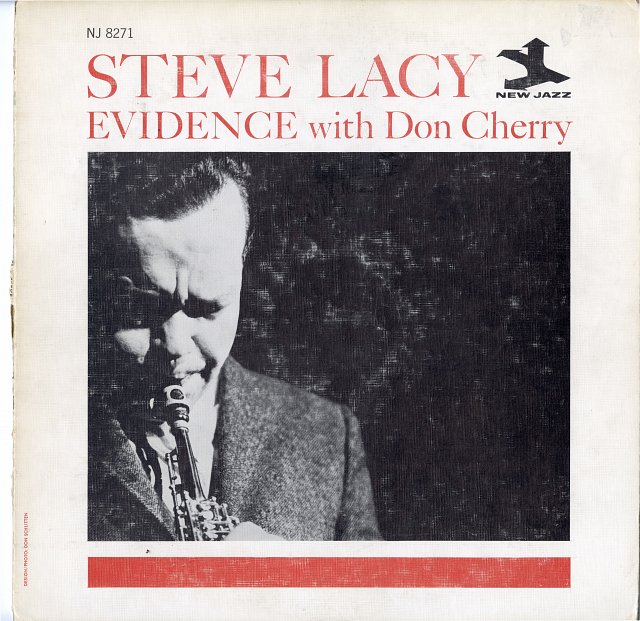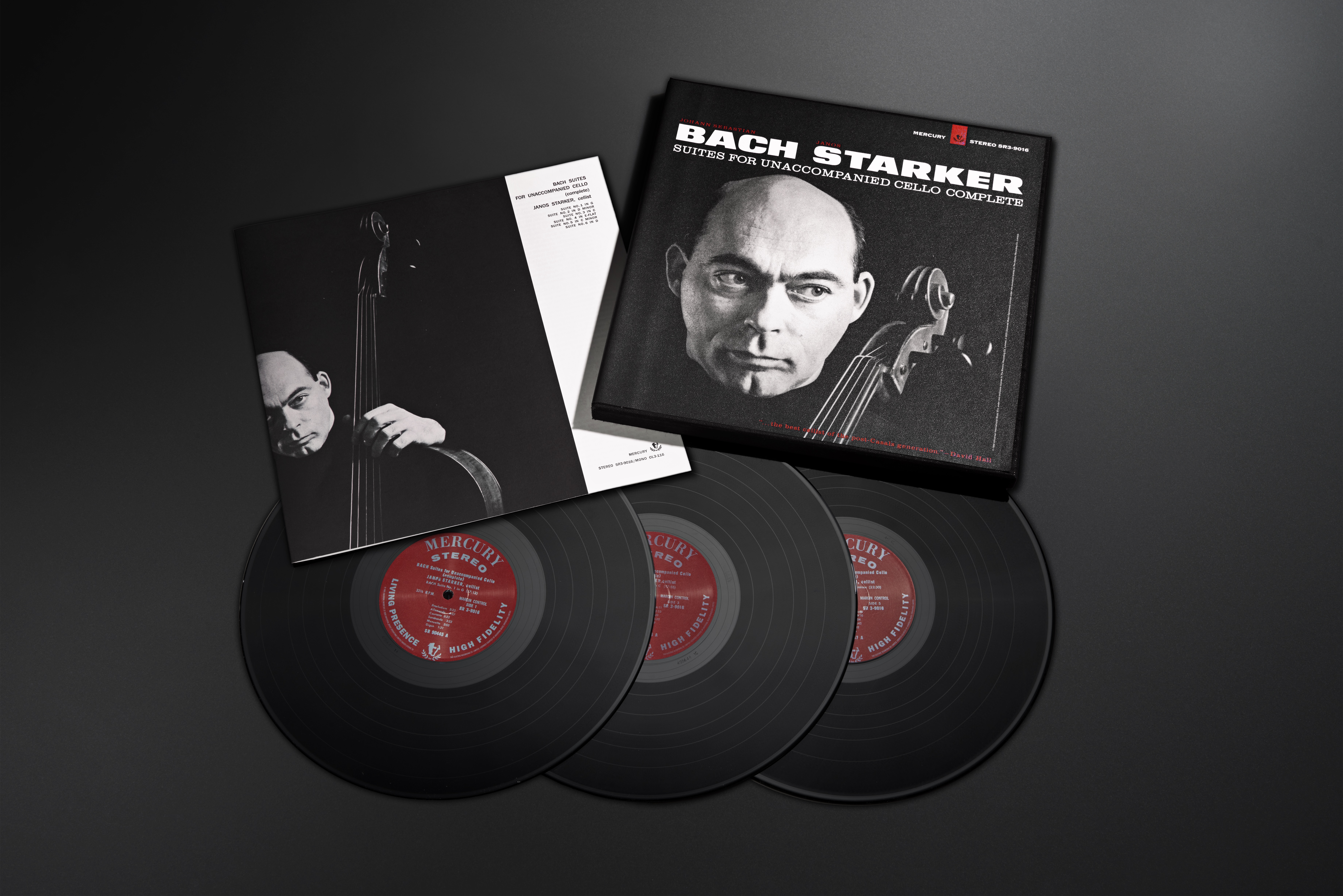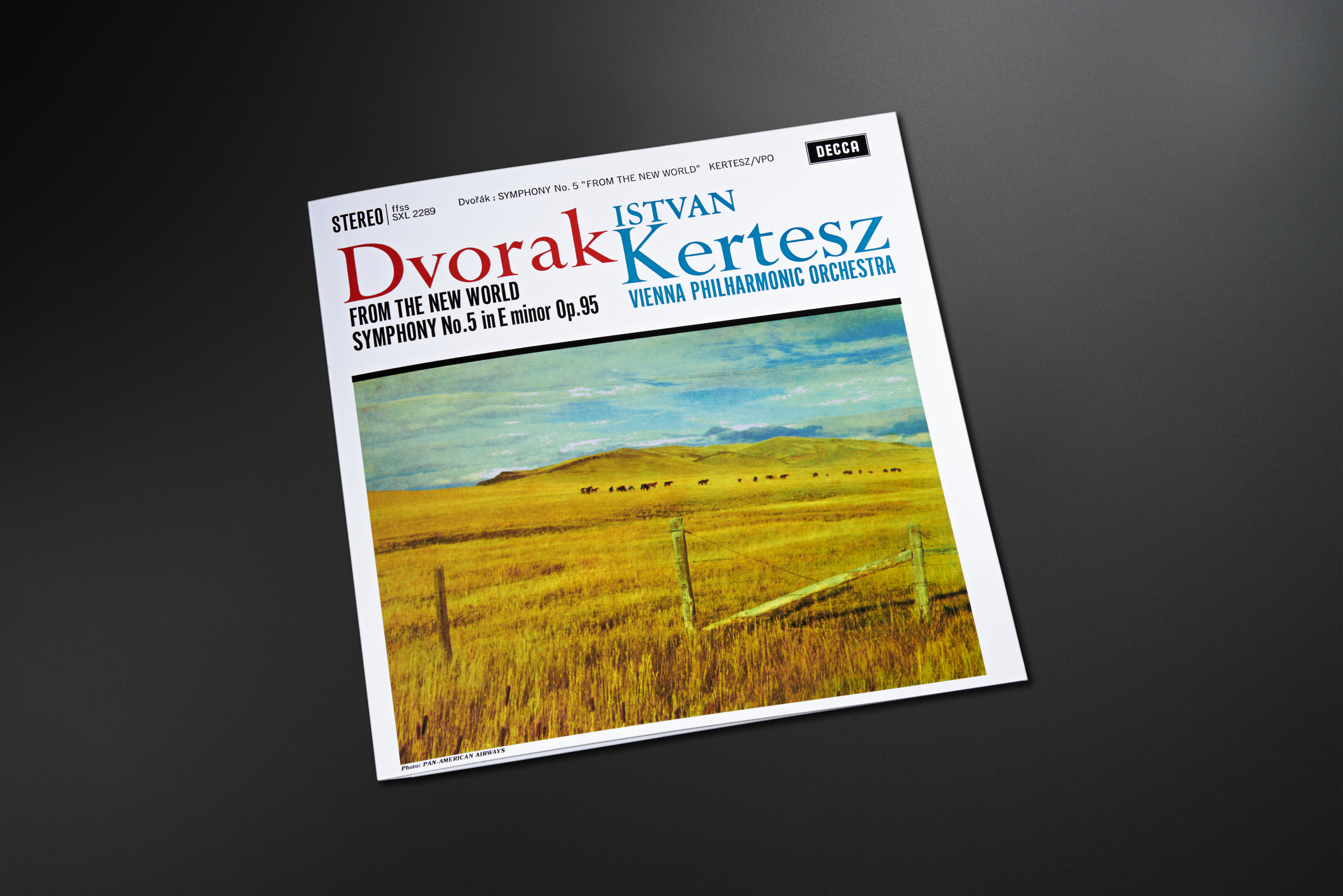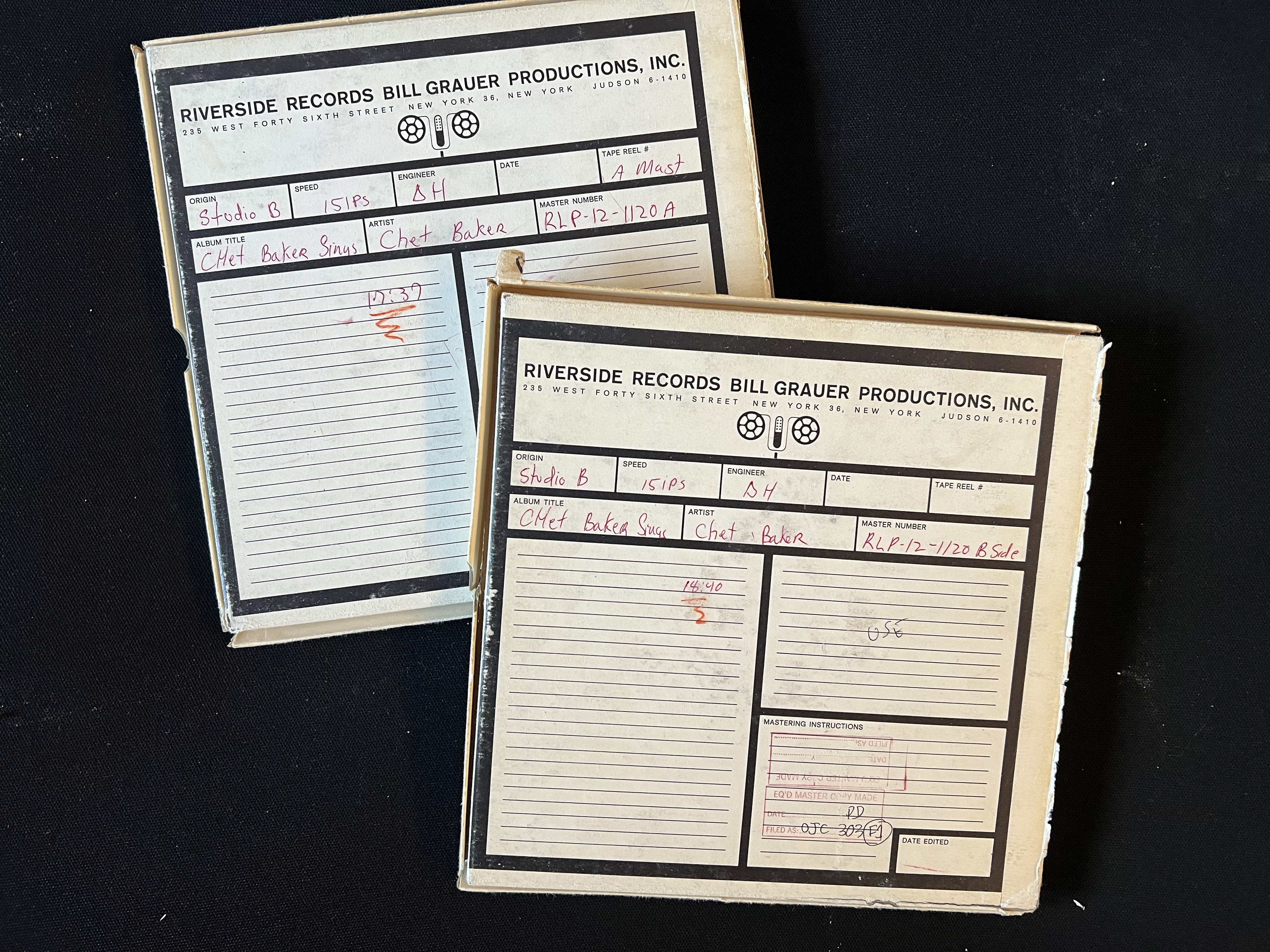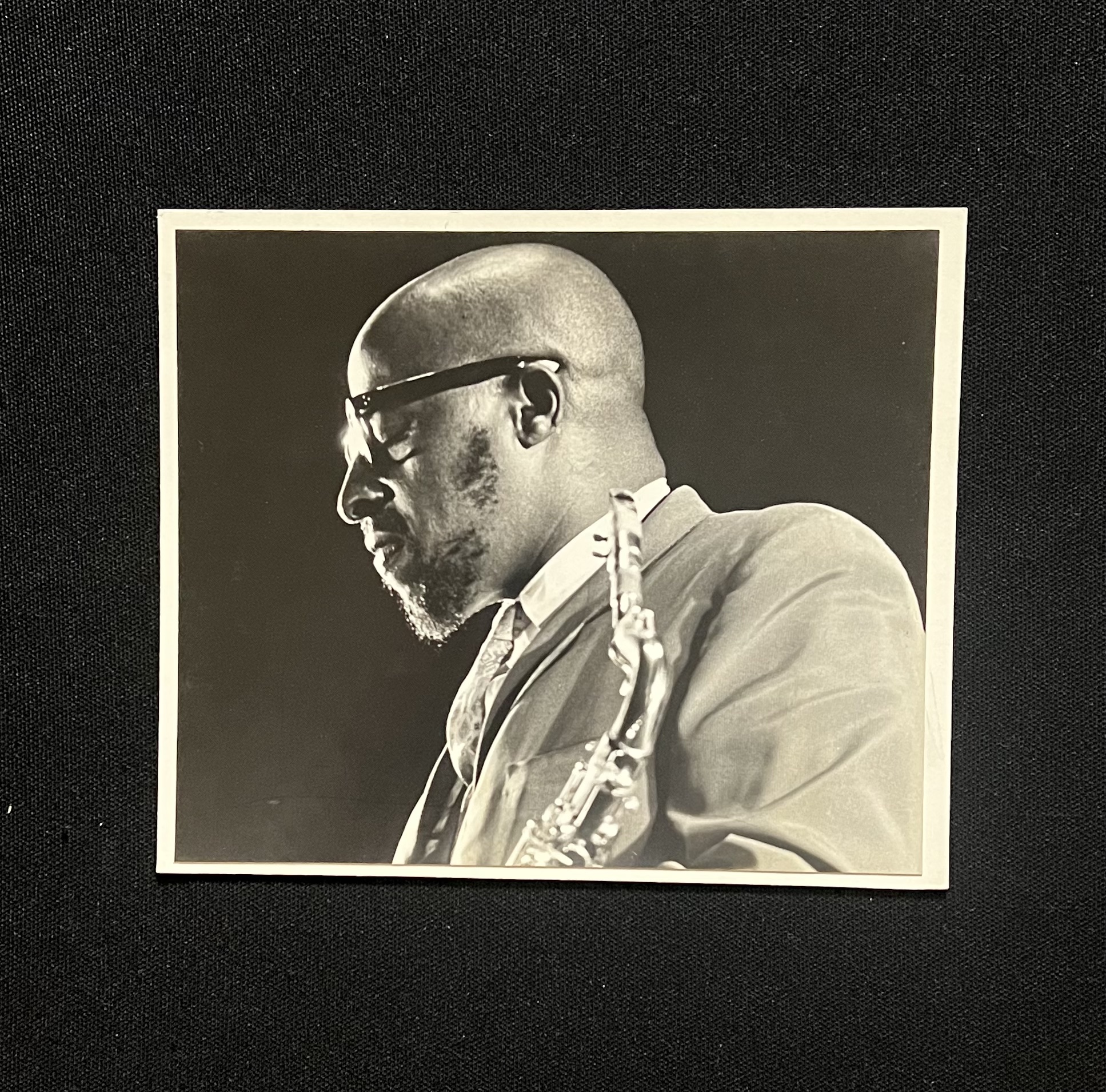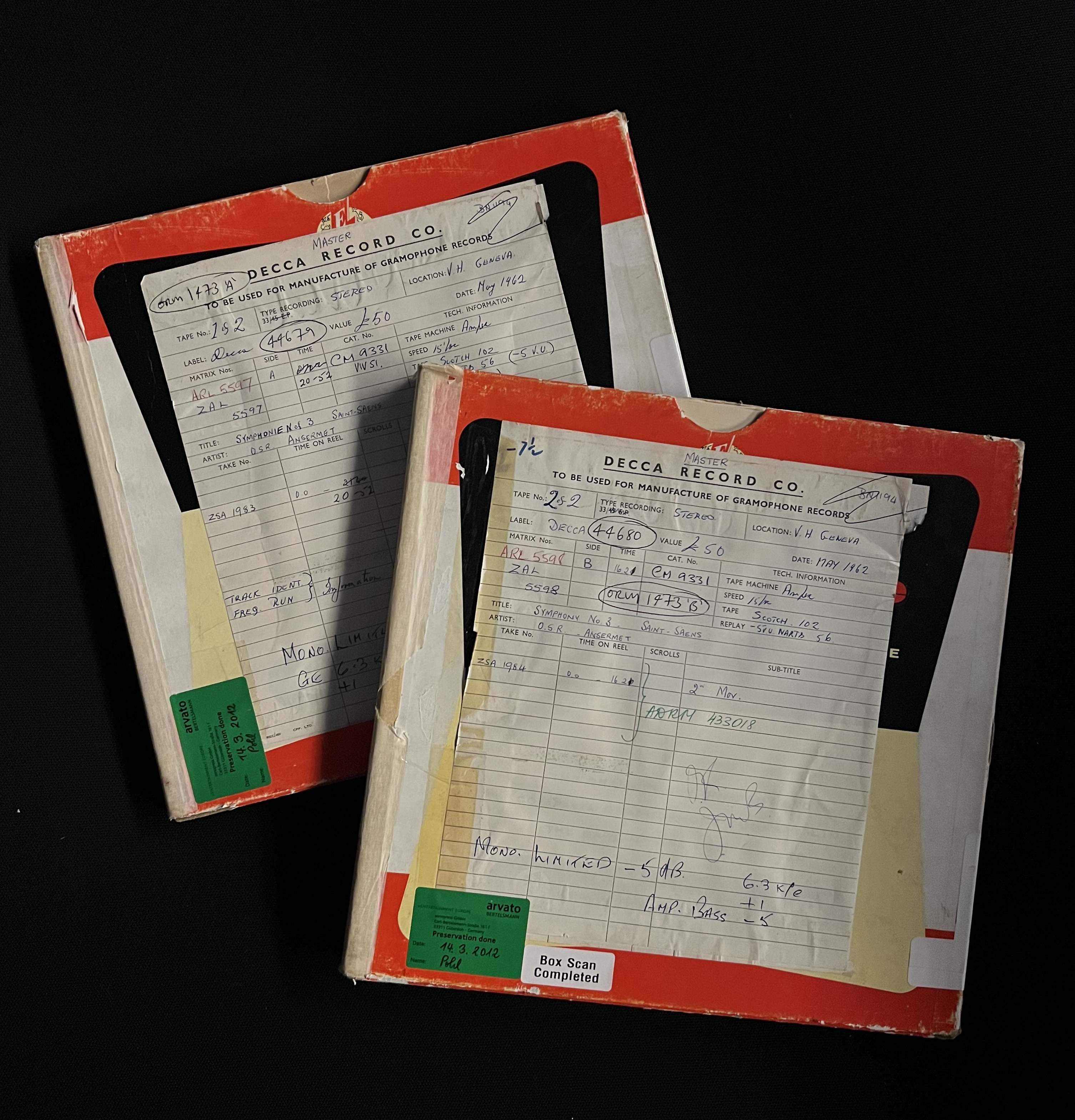Few modern jazzmen have chosen the soprano saxophone as their main instrument; Steve Lacy (born Steven Lackritz, 23 July 1934, New York City, New York, USA) is probably unique in choosing it as his only one. Reputed to be the player who inspired John Coltrane to take up the soprano, he is ultimately responsible for the renaissance of the straight horn. He may also be unique for a career that has taken him through virtually every genre of jazz, from dixieland to bebop, free-form and total improvisation.
Inspired initially by Sidney Bechet, he began his career playing dixieland. Then, in an extraordinary switch, he spent the mid-50s working with avant garde pioneer Cecil Taylor (In Transition) and by the end of the decade had also played with Gil Evans (Pacific Standard Time), Jimmy Giuffre and Sonny Rollins. His own 1957 debut, Soprano Saxophone, featured Wynton Kelly and the follow-up, Reflections: Steve Lacy Plays The Music Of Thelonious Monk, marked the beginning of a long, and continuing association with Mal Waldron. Both albums also included several tracks by Thelonious Monk, who in 1960, he persuaded to hire him as a sideman for 16 weeks.
A brilliant composer and improviser, Steve Lacy can be counted as one of the most significant jazz figures of the era.
Don Cherry was born 18 November 1936, Oklahoma City, Oklahoma, USA, and began playing trumpet while still at high school in Los Angeles. In the mid 50s Cherry joined Ornette Coleman with his early music associate Billy Higgins and began to adapt his music to the new concept of free jazz, playing on Colemans 1958 quintet album Something Else an album which represents an important flowering of the freedom principle. Cherry recorded with Charlie Haden, Scott La Farro, Jimmy Garrison, John Coltrane and Archie Shepp and played on several important albums which established the concept of free jazz as a major 60s movement and also demonstrated the qualities of the individual musicians.
Cherry might not have dazzled in the manner of many of his contemporaries who remained more closely linked to bop, but he nevertheless achieved a bright, incisive sound. As a composer, both in the formal sense of that term and in the manner in which he created musical happenings, Cherry was one of the most distinctive contributors to stretching the boundaries of contemporary music.
Evidence originally released on New Jazz in 1962 is the fourth album by Steve Lacy and continued Lacy‘s early exploration of Thelonious Monk‘s compositions; four of which are interpreted here along with two by Duke Ellington. Alongside Lacy and Cherry who are arguably two of the most under appreciated jazz thinkers of the modern era, the album also features legendary drummer Billy Higgins and bassist Carl Brown.
Cut all valve on our 1965 Lyrec system in True Mono* directly from the original dedicated mono master tapes. No equalisation, compression or any other processing was added during the cutting process.
Sleeve made by hand with artwork authentically letter-pressed on a 1963 Heidelberg SB.
This edition of 345 copies is priced at £350.00 UK pounds. Order here.
* Where everything in the chain from the tape head, the tape pre-amplifier, the cutting amplifier and the dedicated mono cutter head is a single channel pathway: This early technology avoids phase issues (smearing of the sound) that is frequently encountered when cutting with todays dual” or “pseudo” mono cutting systems
